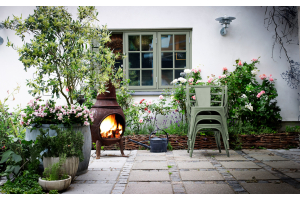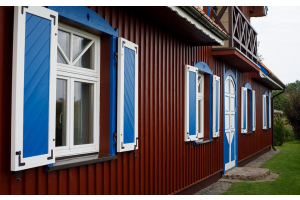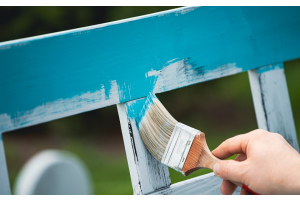- Tinted Paints
- Interior Emulsion Paint
- Interior Trim Paint
- Interior Varnishes & Oils
- Interior Furniture Paint
- Anti Mould Paint
- Anti Damp Treatment
- All Surface Primer
- Special Surface Primer
- Floor Paints & Coatings
- Exterior Paint
- Exterior Masonry Paints
- Exterior Trim Paints
- Exterior Paint Undercoat
- Exterior Oils & Varnishes
- Shed & Fence Paints
How to properly clean and restore paint brushes
As any decorator will tell you to keep your paintbrushes in
the best possible condition and keep them performing at their best they need to
be properly cleaned after every job. In this blog, we’ll take a look at the
best ways to clean your brushes and also give you some tips on how to make your
brushes easier to clean.
Have the right solutions to hand
While most paintbrush cleaning is carried out in a similar
way, different paints require slightly different chemicals and solutions to
remove them from the brush. As a rough guide here are the best solutions to use
with each type of paint, but always check the cleaning advice on the paint
label as well.
Cellulose – Amyl
acetate from the chemist is a great and cheap option for removing cellulose
paint.
Varnish – Use
methylated spirits for removing varnish
Rubber – Rubber-based
paints can be removed using petrol
Polyurethane – Paraffin
or white spirit will remove polyurethane paint
Oil-based paint – White
spirit and paraffin
Water-based emulsion
– Nothing more than water and a little washing-up liquid.
Wrap brushes in clingfilm during
breaks
If you are taking a break from painting, then make sure you
wrap your brushes in clingfilm to stop air from drying out the bristles. This
can also be used to keep brushes fresh overnight helping to minimise the amount
of cleaning that you need to do. If you will be leaving brushes for a longer
period of time, then you really do need to clean them properly to stop them
from drying out.
Clean as much paint off the bristles
as possible
It might sound obvious but the more paint that you can
remove from your paintbrush prior to cleaning the easier your job will be. This
is easiest achieved immediately after painting as the bristles will be at their
most pliable. Use old newspaper and a painter’s rag to clean as much paint as
you can before moving to the next step.
All non-water based paints
As you will be working with chemicals and solutions you will
want to keep your hands properly protected so put on some common household
rubber gloves. Depending on what paint you have been using add a small amount
of the solution to the bottom of a paint kettle and work into the bristles with
your gloved hands. After removing from the solution clean using a painter’s rag
and old newspaper. Repeat this process with clean solution until it remains
fairly clear at which point you can rinse out your brush.
Rinse out your brush
Once you are happy that you have removed as much paint as
possible you will want to wash them using hot soapy water to remove any
remaining paint. You can then rinse your brushes out under a warm tap until the
water runs clear.
Dry and store
When you’re satisfied that your brush is clean shake out as
much of the water as possible and using a clean rag and newspaper dry the
bristles as much as possible. Wrap the brush in five or six sheets of newspaper
keeping it in its natural shape and hold in place with a rubber band. If your
brush has a hole in the handle, then pass some string through this to hang it
up to dry.







